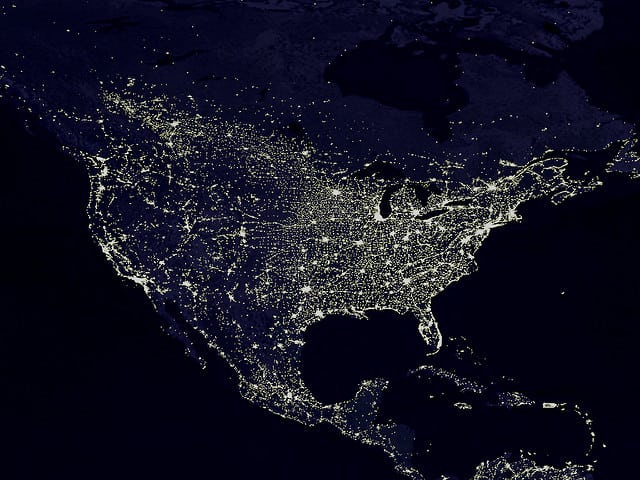
Depending on the hazard field, electromagnetic pulses (EMPs) resulting from detonation of a nuclear weapon at high altitude or in space could cause significant damage to electronics on the bulk…

Depending on the hazard field, electromagnetic pulses (EMPs) resulting from detonation of a nuclear weapon at high altitude or in space could cause significant damage to electronics on the bulk…

Cyber-attacks on industrial control systems (ICSs) are no longer a hypothetical. As pieced together by the Wall Street Journal, in 2017, Russian hackers attacked a small construction company, exploiting the…
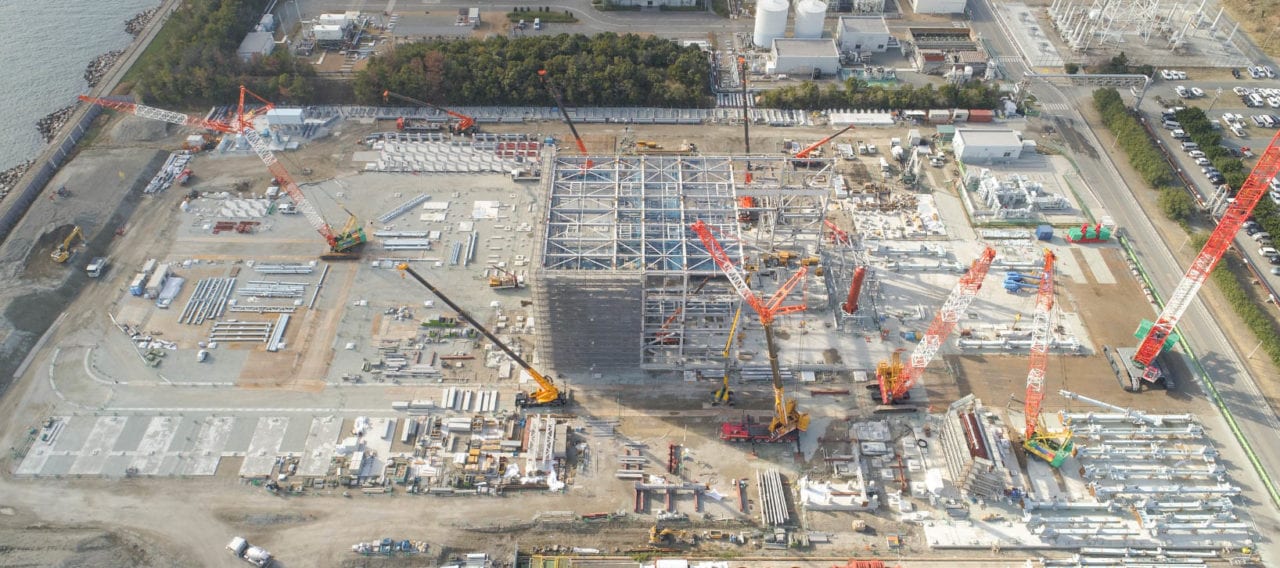
The world’s first autonomous combined cycle power plant is currently under construction at the Takasago Machinery Works facility in Japan, and it will be operational by 2020, according to Mitsubishi…

President Trump has signed an executive order (EO) to boost coordination for and national resilience against electromagnetic pulse (EMP) threats—both from nuclear warfare and natural events like solar superstorms. The action…
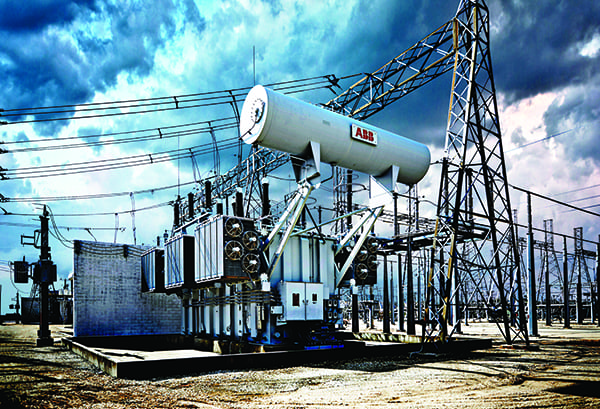
Some high-tech security features meant to protect U.S. power plants from physical attack may not be as effective as good old-fashioned fences and concrete, according to a Georgia Institute of…

The U.S. Department of Energy (DOE) and Federal Energy Regulatory Commission (FERC) want to explore how federal and state authorities could incentivize cybersecurity and physical security in the power and…
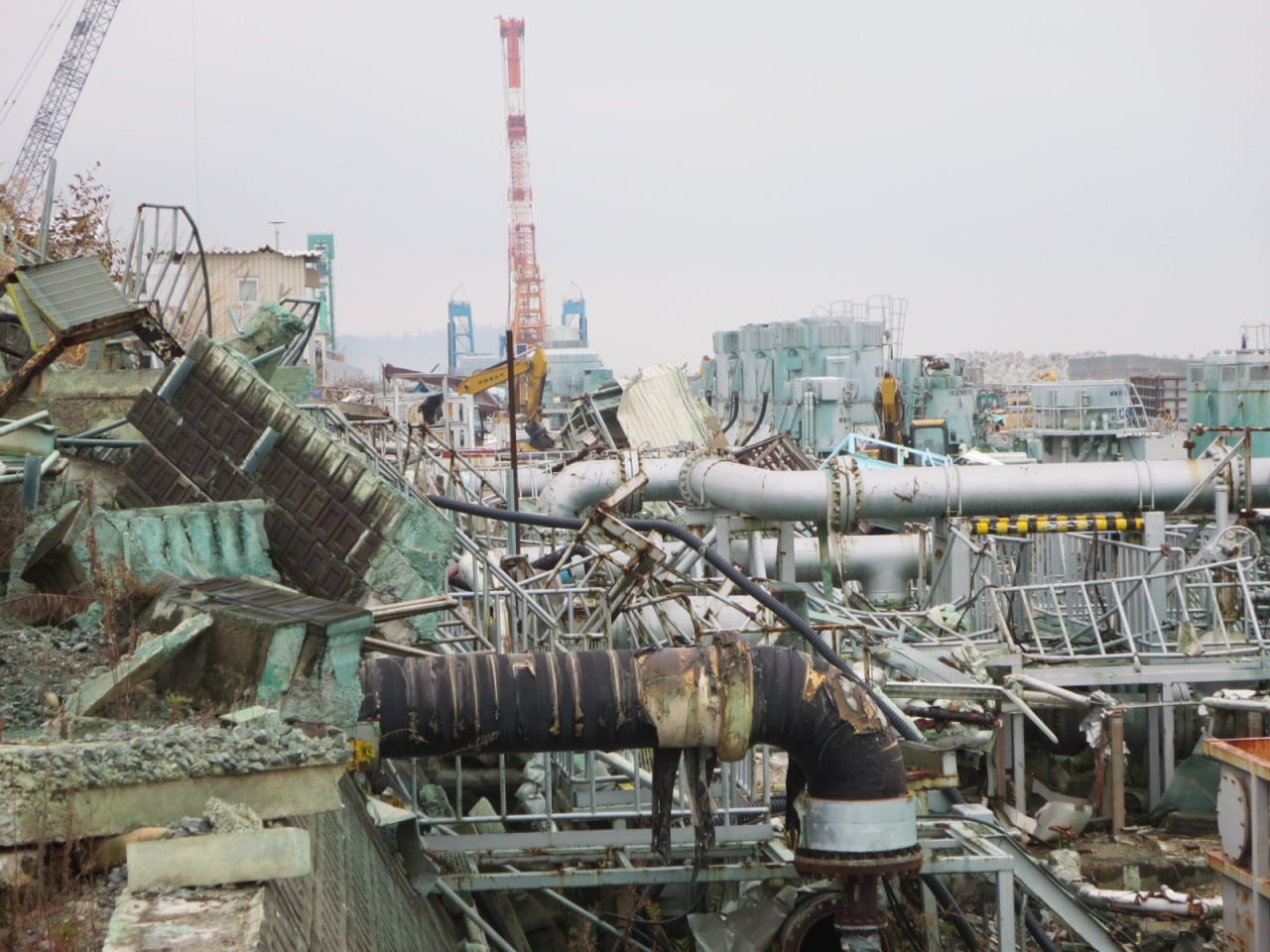
A final rule the Nuclear Regulatory Commission (NRC) plans to publish this spring to replace pivotal actions it issued after the Fukushima accident will require U.S. nuclear generators to ensure…
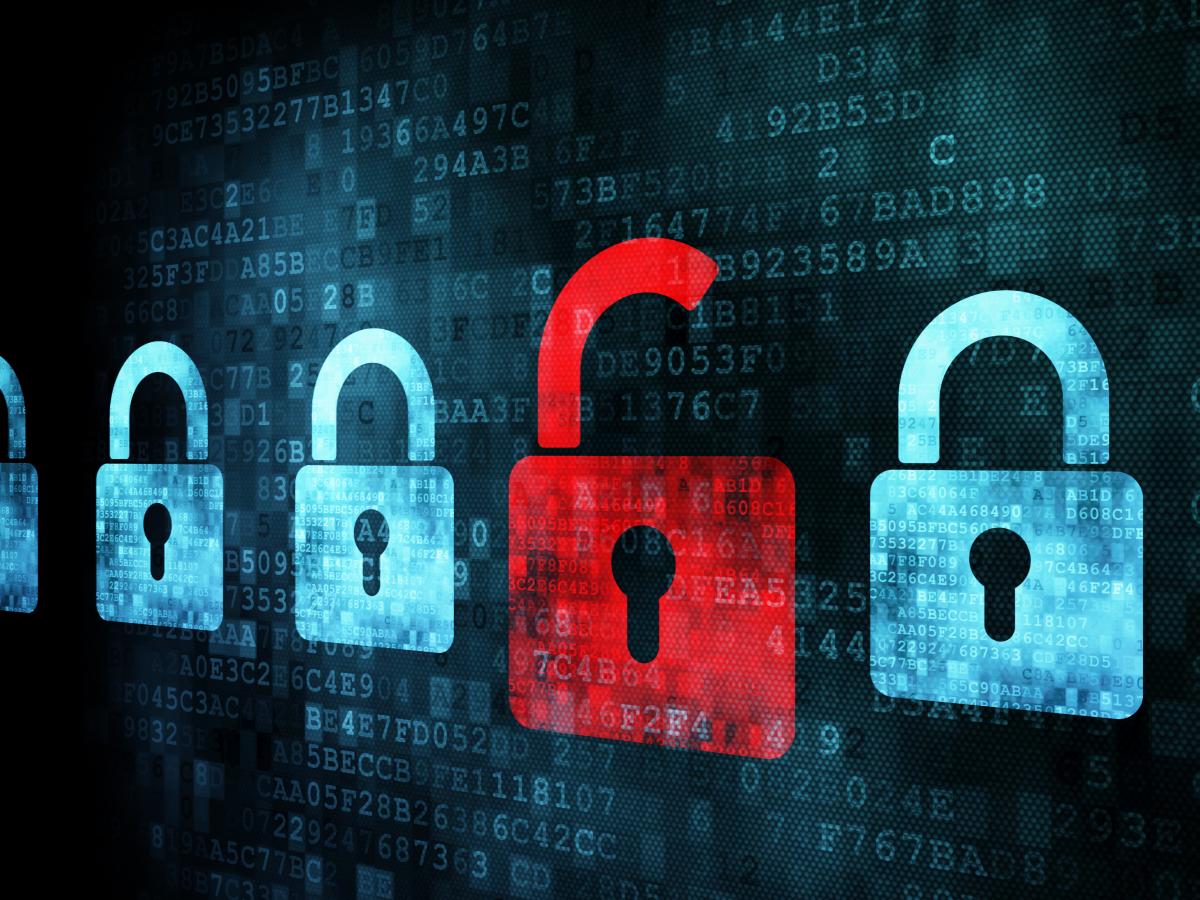
On May 14, 2018, the Department of Energy (DOE) Office of Electricity Delivery & Energy Reliability released its Multiyear Plan for Energy Sector Cybersecurity (“Plan”). The Plan is significantly guided…
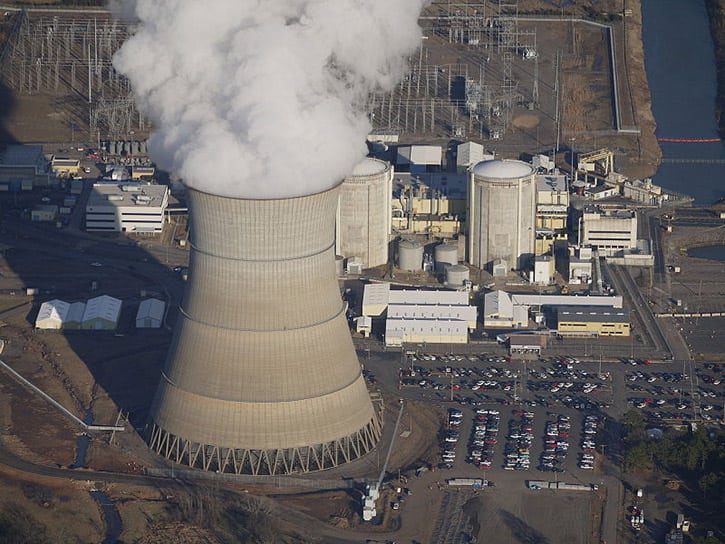
Officials with the U.S. Nuclear Regulatory Commission (NRC) plan to hold a public hearing May 31 on the safety record of the Arkansas Nuclear One power plant in Arkansas, whose…
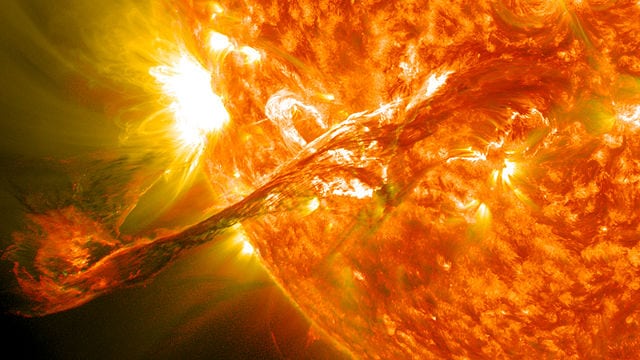
The Federal Energy Regulatory Commission (FERC) is poised to approve a revised reliability standard to ensure reliability during geomagnetic disturbances (GMDs). FERC staff on May 17 issued a notice of…